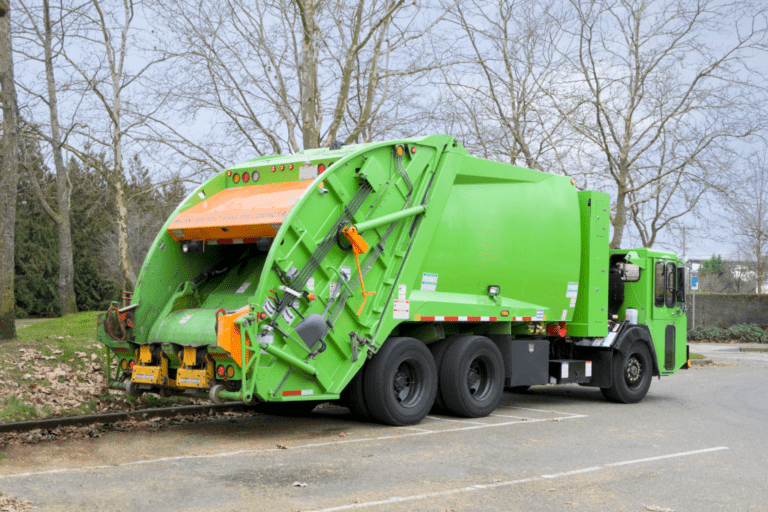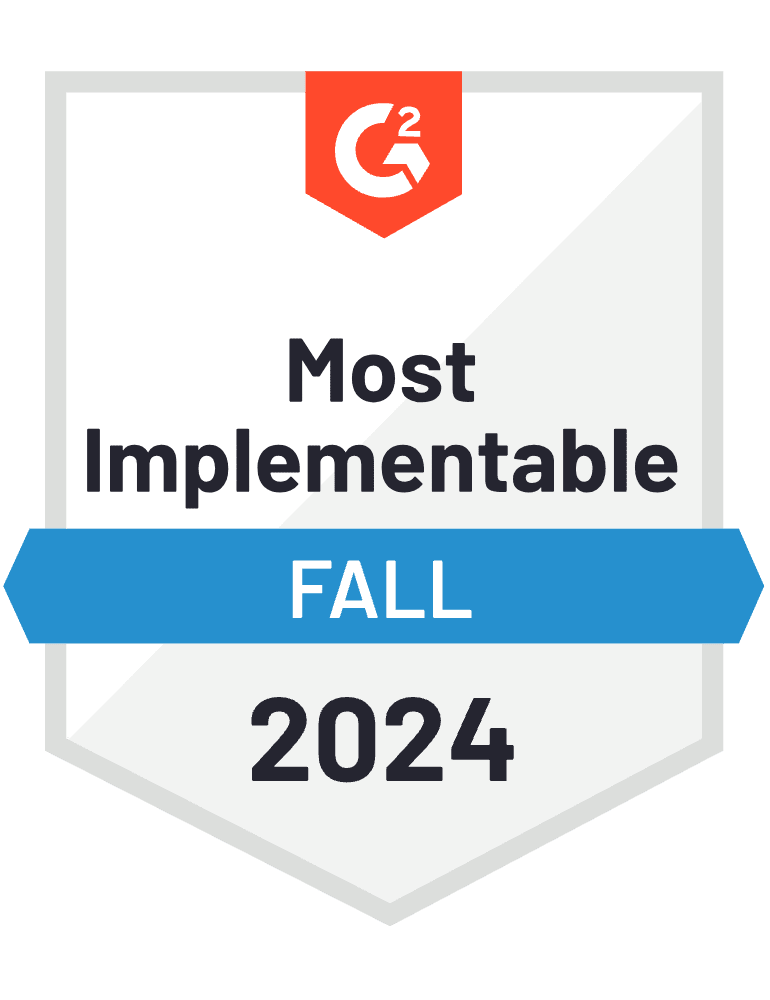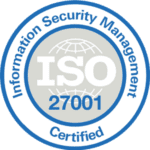One vital aspect of the Department of Transportation’s mandate is to ensure that each commercial carrier stays compliant with important safety regulations. The DOT thus performs periodic safety audits on trucking companies and other organizations that maintain a commercial fleet. These safety audits include a review of compliance with regards to the handling and transportation of hazardous materials.
While a DOT audit is nothing to fear, it is important that your drivers and support staff follow best reporting practices in order to keep your company compliant. This article will discuss what a hazardous materials audit involves, when and where it may take place, and what you can do to prepare for it.
What Is a Hazardous Materials Audit?
A hazardous materials audit is typically one aspect of an overall safety audit conducted by a representative from the Federal Motor Carrier Safety Administration (FMCSA), which is a subdivision of the DOT. Another way to think of a hazardous materials audit is to view it as the portion of the safety audit that focuses on whether the company is staying compliant with federal regulations related to hazardous materials.
Hazardous materials have been defined as “materials [that pose] an unreasonable threat to the public and the environment,” and include the following categories:
-
Hazardous substances
-
Hazardous wastes
-
Marine pollutants
-
Elevated temperature materials
-
Other materials and substances defined by the DOT
What May Trigger an Audit?
There are a number of factors that could cause the DOT to audit your company. Three common triggers for a safety/hazardous materials audit include the following points:
-
If your operation is new. All motor carriers are required to undergo a safety audit during the first 12 months of their operations. This will allow them to complete the New Entrant Program that is mandatory for FMCSA-registered companies.
-
If others have complained about your company to the DOT. Targeted audits are triggered by reports of safety violations or other serious problems with the way a certain company does business, either from ex-employees, customers, or others. Such complaints to the DOT usually result in an investigation into the company in question, which often includes a hazardous materials audit.
-
If your business has been selected for a random compliance audit. The FMCSA also has the ability to perform compliance audits at random on registered companies. Your company will always be given notice of a compliance review ahead of time.
Who Is Subject to an Audit?
Any commercial motor carrier that is registered with the FMCSA can be subject to an audit. In addition, commercial intrastate hazardous materials carriers are generally required to register for a USDOT number.
No matter how long your company has been operating, or how clean your record is, there is always the possibility of a safety audit from the FMCSA.
When and Where Does an Audit Take Place?
Safety audits from the FMCSA can take place at the carrier’s place of business, or in certain cases can transpire via fax or email (by the submission of relevant documents and reports). The FMCSA will always notify the business beforehand (by phone or mail) that it has been selected for an audit. The FMCSA will also give notice as to which type of audit the business must undergo.
In all cases, the FMCSA auditor will request relevant documentation to prove that the company in question has remained compliant with federal regulations involving safety and the transportation/storage of hazardous materials. These documents could include Daily Vehicle Inspection Reports (DVIRs), papers related to operational procedures, and other important records.
What Is the Purpose of a Hazardous Materials Audit?
The FMCSA’s primary mission is to improve bus and truck safety on US highways. To that end, the FMCSA has developed programs designed to reduce the number of transportation incidents that involve hazardous materials that could potentially harm the public as well as damage the environment. The FMCSA Hazardous Materials Program is one of the main programs intended for this purpose.
Whether it involves the proper handling of hazardous materials, or a review of mechanical components to prevent rollovers and other incidents, the FMCSA has designed its safety audit process to maximize safety consciousness within the trucking industry, and to reduce avoidable accidents that result in injury and/or harm to the ecosystem.
The Audit Procedure

Auditors conducting safety reviews typically focus on 4 main areas:
-
Alcohol and drug violations. If a company fails to implement a random controlled substances testing program, or continues to use a driver or drivers that have failed a drug/alcohol test, or refuse to undergo such a test, that company stands in violation of federal regulations.
-
Driver violations. All drivers must be medically qualified, and carry a valid CDL, in order to legally operate a commercial vehicle.
-
Operator violations. Operators must have the minimum required amount of carrier insurance, and ensure that drivers are maintaining up-to-date log books.
-
Repairs and inspection violations. Annual vehicle inspections must take place as scheduled, and no vehicle with pending out-of-service (OOS) repairs should be allowed on the road.
The carrier that violates any of these conditions will automatically fail the safety audit. If a carrier fails a safety audit, then the FMCSA allows a certain number of days in which the company must create and submit a corrective action plan, or CAP, to the agency. Failure to submit the CAP in time will lead to the loss of FMCSA registration, which could put the company in question out of business.
Of course, once the CAP has been submitted, the company must promptly follow through on the actions outlined therein.
Tips to Successfully Pass an Audit
In order to successfully pass a DOT audit, you need to exercise some forethought, and get all of your team members on board. Two important ways to prepare for a DOT audit are:
-
Conducting a thorough review of records, such as DVIRs, with an eye to potential safety issues. Once such issues have been identified, proactively resolve them before the audit date, if at all possible.
-
Working with each of your drivers to ensure accurate record-keeping. It’s vital that your drivers keep up with their DVIRs, and any other relevant paperwork, since these serve as important documentation to help your business pass a DOT audit.
Learn More About Hazardous Materials Audit
Of course, any paper-based record-keeping process can quickly become burdensome for any motor carrier. Drivers can easily neglect or misplace DVIRs, and fleet managers may lose sleep over vital gaps in the company’s records.
With such obstacles in mind, Whip Around has designed an innovative software platform to help fleet managers and drivers keep track of important documentation. Our inspection and compliance software makes DVIRs easy to fill out, encourages drivers to perform regular walk-around inspections, and allows fleet managers to quickly and intuitively review reports and spot safety issues early on.
If you’d like to learn more about the Whip Around solution to safety and hazardous materials audits, contact our team of friendly experts today; or, sign up for a free trial of our unique software-based solution.









